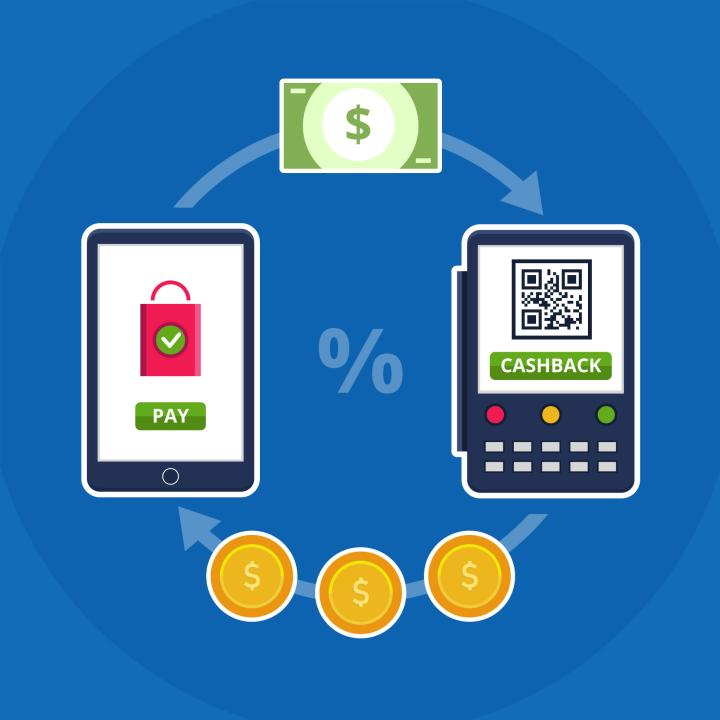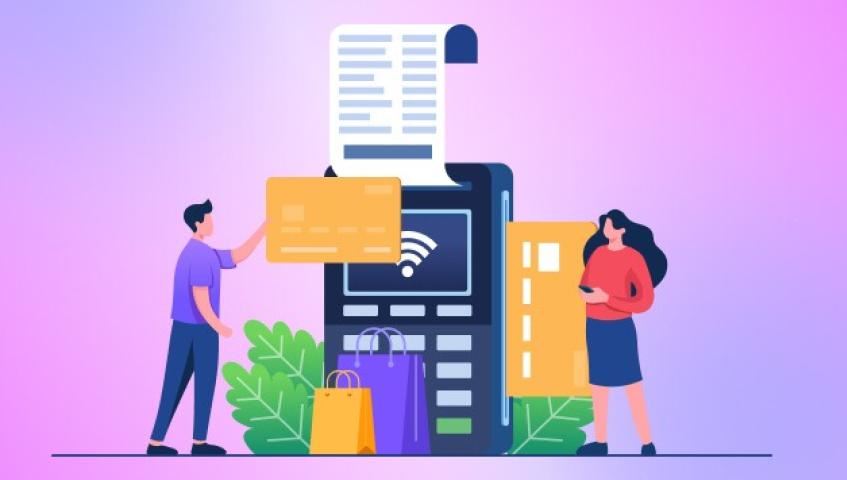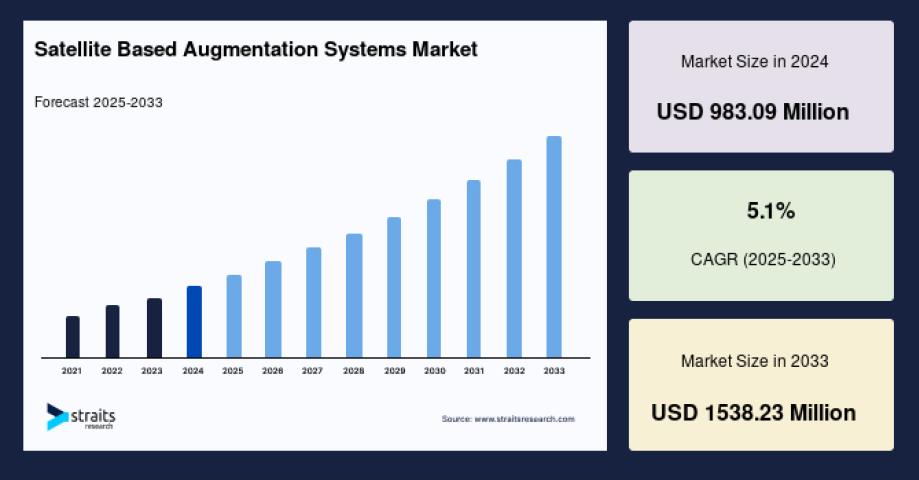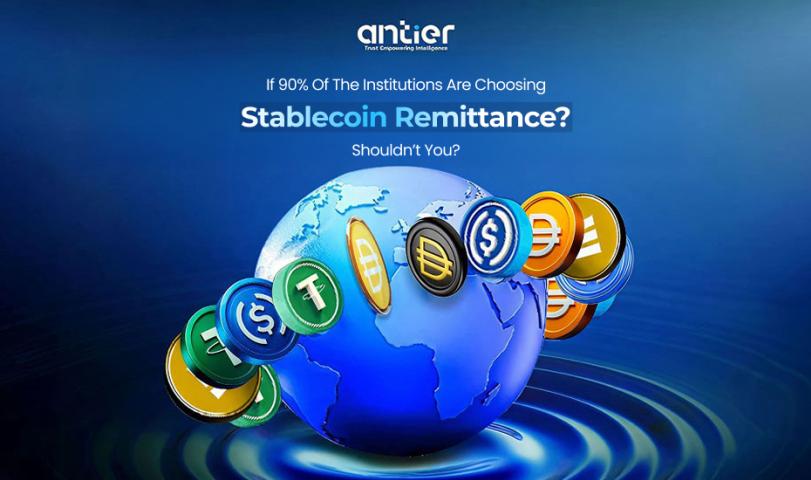Over the years, the adoption of closed-loop payment systems is gaining momentum across various industries. Why? Because they aren’t just about payments—they’re about efficiency, security, and creating personalized experiences for customers.
Each industry has unique needs, and closed-loop payment solutions adapt to meet them. But which industries are most suitable for such payment systems.
That’s the main theme of this blog. Plus, you will also get to know how closed-loop and open-loop payment systems are different and what makes closed-loop payments unique.
Let’s start with the differences first.
Key differences between closed-loop and open-loop payment systems
Below are some highlights of key differences between open-loop and closed-loop payment systems in many different aspects:
Transaction management
Open-loop: Involves multiple intermediaries (e.g., banks, credit card providers).
Closed-loop: Managed internally within a single ecosystem, with no third-party involvement.
Transaction costs
Open-loop: Higher processing fees due to reliance on external
Closed-loop: Lower processing fees as no external networks are involved.
Speed of transactions
Open-loop: May experience delays due to multiple network handoffs.
Closed-loop: Faster transactions due to direct control over the entire payment process.
Data control and insights
Open-loop: Data is fragmented across different providers, making it harder to analyze.
Closed-loop: Businesses gain detailed &unified insights into customer behavior.
Security and fraud prevention
Open-loop: Greater risk of fraud due to exposure to multiple external networks.
Closed-loop: Enhanced security as transactions are confined to a closed, controlled environment.
Customer engagement & loyalty
Open-loop: Limited ability to track customer behavior and offer rewards.
Closed-loop: Enables tailored loyalty programs, personalized rewards, and engagement.
Payment flexibility
Open-loop: Accepts multiple payment methods (credit cards, debit cards, wallets).
Closed-loop: Typically limited to a single payment method (e.g., store cards or wallet apps).
Scalability
Open-loop: Ideal for businesses needing cross-industry or global capabilities.
Closed-loop: Best for businesses with controlled & regional operations.
Customer freedom
Open-loop: Customers can use various payment methods based on convenience.
Closed-loop: Customers are tied to the payment platform provided by the business.
Revenue collection & reconciliation
Open-loop: Complex revenue tracking and reconciliation through third-party systems.
Closed-loop: Simplified tracking and reconciliation within one integrated system.
What makes closed-loop payment systems unique?
Let’s see a few factors that make closed-loop payment solutions unique:
Control over transactions
Closed-loop payment systems operate within a self-contained ecosystem, which means businesses like yours can have complete control over the transaction process.
Unlike open-loop payments that rely on external payment networks (like credit card companies or banks), transactions in closed-loop payment systems stay within the same (internal) network from start to finish. This level of control allows for better monitoring and reporting, as well as quicker resolution of any issues.
Tailored payment systems built around your goals
Closed-loop payment solutions are more than just a tool—they’re an extension of your business strategy. These systems are designed to align with your industry’s needs and enable you to offer perks like:
Loyalty rewards
Targeted discounts
Member-only promotions
These systems adapt to your operations seamlessly.
Cost-cutting and simplified operations
Why lose a portion of your revenue to third-party processing fees? With closed-loop systems, every transaction happens within your ecosystem. This means:
Fewer intermediaries,
Reduced operational complexity
Noticeable savings
These payment solutions streamline your payment infrastructure and help your business gain efficiency without sacrificing quality.
More happy customers
It’s quite obvious that nobody likes waiting in lines or dealing with complicated payments. Closed-loop payments facilitate faster transactions and personalized interactions; these interactions are tailored to individual customers. The result? Happier customers and stronger brand loyalty.
Competitive advantage with data insights
Every transaction tells a story about your customers. Closed-loop payment platforms give you direct access to valuable insights—spending habits, preferences, and more—without relying on external providers. Use this data to:
Refine marketing strategies
Improve inventory management
Make smarter decisions that drive growth
Industry-specific use cases for closed-loop payment systems
Closed-loop payments play a crucial role for businesses in different industries. Let’s have a look at some leading use cases:
Public transport systems
Simplified automatic fare collection (AFC): Closed-loop payment systems are widely used in public transport for automated fare collection. Passengers can quickly pay for travel using transit cards or mobile apps without the need for physical tickets or cash.
These systems can be used across various modes of transportation (trains, buses, metro lines). This offers a seamless travel experience with a single payment method for all modes of transport for passengers.
Key benefits:
Faster boarding: Commuters don’t need to stop at ticket booths or use cash, which speeds up the entire boarding process.
Reduced cash handling: With contactless payments, the need for physical currency and ticket handling is eliminated. This allows for smoother and more efficient operations.
Operational transparency: Closed-loop payment solutions track every transaction in real-time and offer full transparency and easy auditing for transit operators.
Retail Chains
Driving customer loyalty through rewards and points: Retail businesses use closed-loop cards or wallets to offer rewards, points, or discounts to their customers. These systems can also help them track customer purchases. This helps build customer loyalty and encourages repeat business.
Besides, closed-loop payments enhance customer experience with faster checkouts and seamless in-app payments.
Key Benefits:
Streamlined checkout: With in-app payments, customers can breeze through the checkout process faster as compared to other payment or checkout methods.
Personalized marketing: Tracking consumer habits lets businesses like yours craft more targeted and personalized marketing campaigns to boost sales.
Universities and educational institutions
Campus-wide payment solutions: Universities use closed-loop payment solutions to allow students and staff members to pay for various services across the campus like dining, library fees, and event tickets, using just a single card, wallet app or any other payment instrument.
Some institutions even let parents or guardians track their children’s spending across campus services. Hence, providing more control over their budget.
Key Benefits:
Parental visibility: Parents or guardians can track their students’ spending patterns and set limits.
Security: As the payment system is restricted to campus usage only, the risk of unauthorized access or fraud is minimized.
Corporate environments
Quick and simple in-house facility payments: Companies implement closed-loop payment solutions within company cafeterias, vending machines, and other in-house services to reduce reliance on cash and streamline payments.
This allows employees to use their company-issued cards or any other payment instruments for any company-related transaction.
Key Benefits:
Efficient reimbursement: Companies track employee allowances and expenses, which makes it easier to manage reimbursements.
Reduced admin costs: By consolidating multiple systems into one, companies reduce administrative overhead.
Hospitality and Tourism
Integrated payments for all-inclusive guest experience: Closed-loop payment systems allow guests to pay for multiple services in hotels, resorts, cruises, theme parks, etc., with one integrated card or app.
With this kind of payment system, guests don’t have to wait as transactions happen instantly and with a single instrument. The result is that business owners within this industry see a significant increase in customer satisfaction.
Key Benefits:
Streamlined payments: Guests enjoy the convenience of using branded cards, their smartphones, or wristbands for any transaction.
Expense tracking: Operators can easily track customer spending and offer personalized deals based on preferences.
Conclusion
When you think about payments, it’s easy to focus solely on transactions. But the numerous benefits of closed-loop payment systems show us they can be so much more:
A dynamic way to tailor customer experiences
Strengthen business strategies
Create connections that go beyond the point of sale
Each use case that has been discussed in the blog highlights one simple truth: closed-loop payment systems are designed to fit the nuances of your business, not the other way around.
If you want to make your payment processes feel less like a hurdle and more like a competitive advantage, then closed-loop payment systems are your answer.













